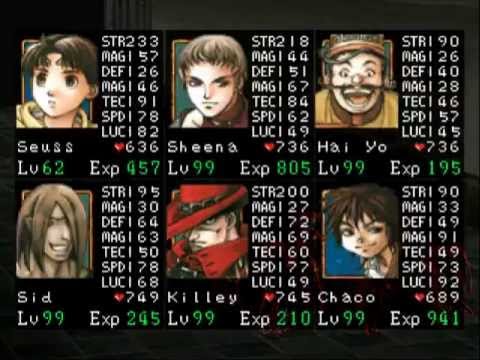

A: This changes how the data is shown to you.If the Cheat is writing Seven or Eight values, it is 4 Bytes. If the cheat is writing Three or Four values, it's 2 Bytes. A: If the cheat is writing One or Two numbers or values, it is 1 Byte.Q: How do I determine the Size of my cheat?.If your size selection is wrong, sometimes, nothing bad happens, sometimes, the game crashes or horribly glitches out. A: Size is the size, in Bytes of the Value you are writing.Usually, the System Bus Domain is what you want. When I had 3 shots left, I instantly went back to 8 shots. A: Compare means, "If the value at the Address you defined above, is this, then set it to Value instead." In a Shooter game, I setup a compare to 3, and value to 8.A: Value means the Value you are going to be writing to the RAM Address.A: Address means the RAM Address you are going to be sending the Value to.A: This allows you do give yourself a nice name to keep track of what this cheat is doing or what it's for.If you are using RAW Cheats, this is the tool to use to get those cheats working. A: Experment with the Memory Domains in the Dropdown box for Cheats.Q: What do I do if the current core doesn't support System Bus?.The System Bus domain is basically, "ALL RAM addresses." A: Usually, most cheats go into the System Bus domain.Q: What's the most important Memory Domain?.A: Since game consoles use various parts to make the game work, like the CPU (Brain) and the Graphics Processor, these parts sometimes have their own Memory Domains so they can work on what matters to them without worrying about sharing resources with others.Level layout, rules the game has, sprites/model data are examples of ROM data. RAM is lost when the power is lost, while SaveRAM is not lost when power is lost.

/Update%2004/18-PSOGL029.jpg)
Things like score, lives, stats, speed, location and plenty of other things, are usually stored in RAM. A: A RAM Address is a location in RAM where the Game puts its data.Is a great resource for all kinds of cheat codes.


 0 kommentar(er)
0 kommentar(er)
